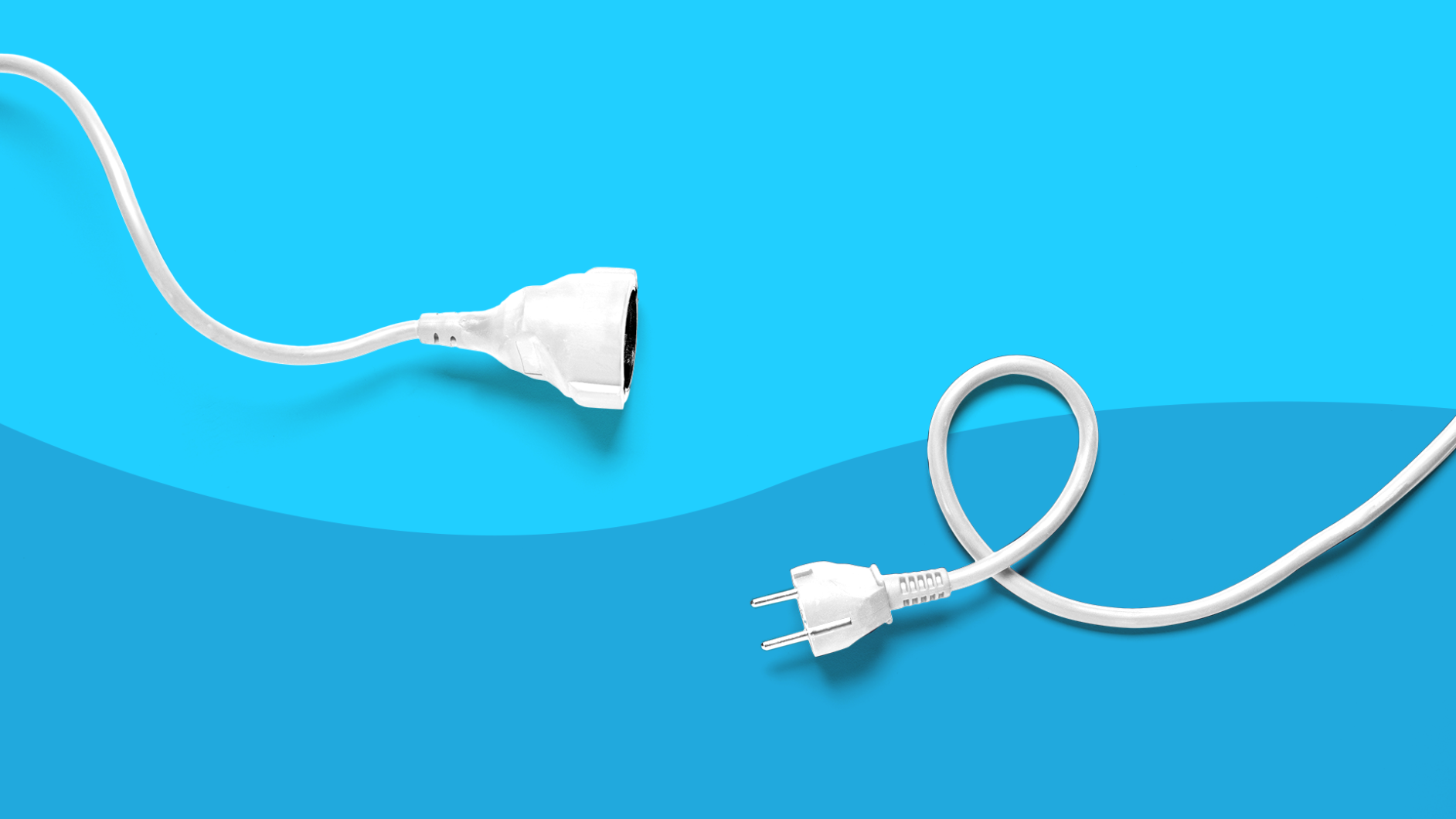Key takeaways
A Gallup study of 7,500 full-time workers found that 23% of employees often feel burned out, impacting both their work performance and physical health, highlighting the importance of taking mental health days.
Companies may offer PTO, sick, or vacation days for mental health, and many have Employee Assistance Programs (EAPs) offering free short-term counseling for issues like anxiety and burnout.
Taking a mental health day proactively, before reaching a point of severe exhaustion, is more beneficial, as waiting until one is extremely stressed can diminish the restorative impact of the day off.
A mental health day should be tailored to individual needs, focusing on activities that replenish energy and bring joy, with experts recommending unplugging from technology and possibly taking one day per quarter to prevent burnout.
If you were feeling nauseous, feverish, or faint, you’d probably take a sick day. But what if you were feeling depressed, anxious, or lethargic? Would you take a mental health day? For many Americans, the answer is no—and it’s costing us.
Twenty-three percent of employees feel burned out at work very often or always, while 44% said they feel burned out sometimes, according to a Gallup study of 7,500 full-time workers. That burnout not only translates to poorer work performance, but it can also affect your physical health. The study also found that burned out-workers are 13% less confident in their work and 23% more likely to visit the emergency room.
With the pressures of work and even out-of-office stressors, it’s imperative to step back and take a break every now and then, to decompress and focus on self-care—even when you’re working from home. That’s where taking a mental health day comes in.
Can you take a mental health day?
Some companies have built-in PTO to take care of yourself in the form of sick, personal, or vacation days. If your company does, it’s okay to be brief when requesting the day off. In other words, you don’t have to tell your employer you’re tending to anxiety or burnout.
Check into your company’s policy, and then make sure your request falls within the acceptable reasons for taking time off (either as vacation days or sick days). If you don’t have that benefit, you can still set aside a day to rejuvenate when you’re not on the schedule. Depending on your personal situation, and your employer’s time off policies, it may make sense to plan a day to mentally recharge when you’ll be off for a holiday or weekend.
Additionally, many companies have begun offering Employee Assistance Programs (EAPs), which provide free, short-term counseling. These programs address a range of issues, such as anxiety (over work or otherwise), grief, and substance abuse. If you’re not sure if your company offers it, check with your HR representative.
When to take a mental health day
In a perfect world, you would take a mental health day before you actually need a mental health day, says Bukky Kolawole, Psy.D., a certified emotionally focused therapist in New York.
“My best recommendation would be that people plan to take a mental health day proactively rather than reactively,” says Dr. Kolawole. “Most people think about their mental health day reactively i.e., when I’m exhausted, reached the end of my rope, and have absolutely nothing else in my gas tank to keep me going, that’s the day I will use my mental health day. Unfortunately, because one is already so exhausted, the impact that the mental health day is supposed to provide is minimized because of the severity of the emotional state the person is in at that point.”
In fact, if you get to the point of being “at the end of your rope,” you may need more than a mental health day to manage the issue.
Of course, not all of us are able to think that far ahead—especially when our to-do lists are overflowing and we hardly have a minute to breathe. So if you haven’t already planned a mental health day, what should you look for as a flashing red light indicating it’s time? The signs can be physical, mental, and emotional, according to Jillian Knight, LMFT, licensed therapist in Raleigh, North Carolina. They can include persistent headaches or migraines, fatigue, anxiousness, or being especially tearful.
Essentially, if you aren’t feeling like yourself, you should probably take a mental health day. And if serious enough, seek help from a mental health professional.
How to take a mental health day
Both experts agree that a mental health day (or self-care day) will look different for everyone, depending on your needs.
“Self-care is essentially anything that fills you up and gives you energy versus taking your energy,” says Knight.
Or, put a different way, whatever brings you joy, according to Dr. Kolawole. “Literally, close your eyes and ask yourself the question, what brings me joy?” she says. “Consider doing the first thing that pops into your mind that is realistic and accessible. Use that day to spoil yourself and do the things you enjoy.”
This could mean simply taking a nap or resting on the couch all day. It could mean staying off social media by taking a hike and enjoying nature. It could mean sweating it out on the treadmill. Or, it could mean checking in with your provider or health coach.
Whatever it is, says Knight, it’s important to unplug.
“Ideally disconnect from technology for the day,” she says. “Come back to yourself and check in and see what it is that you need for that day.”
With a regular regimen of mental health days (Knight recommends one per quarter), you can help avoid burnout and stay strong—mentally, emotionally, and physically.
However, if you are regularly getting burned out at work—or outside of work—then it may be time to see a therapist or psychiatrist. They will be able to help you develop skills for coping and or provide medication and treatment options that will sustain you beyond one-off mental health days.











